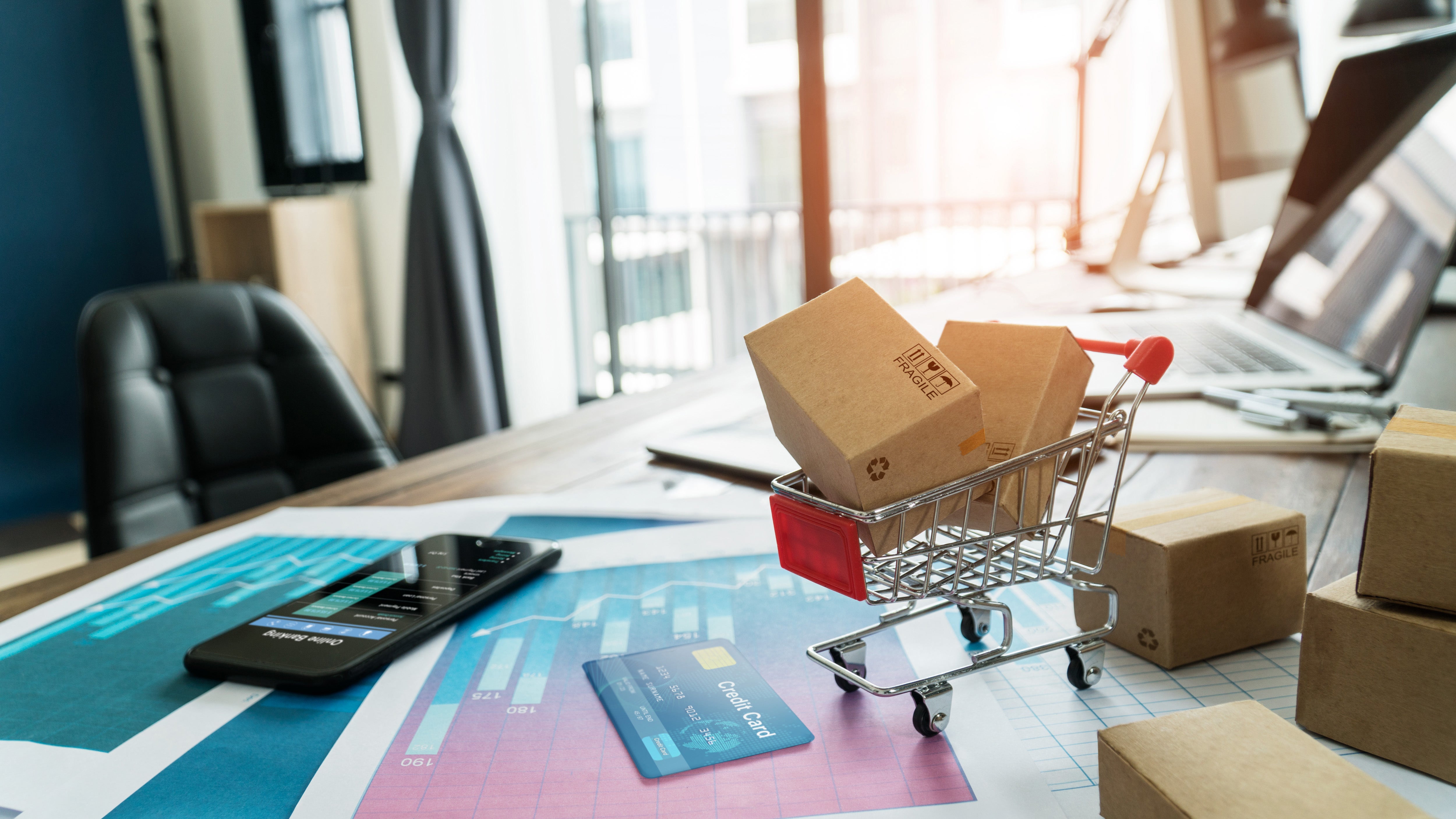The future of e-commerce is B2B
THE ARTICLES ON THESE PAGES ARE PRODUCED BY BUSINESS REPORTER, WHICH TAKES SOLE RESPONSIBILITY FOR THE CONTENTS

BigCommerce is a Business Reporter client.
BigCommerce surveyed over 1,000 B2B buyers to see what they value most when shopping online.
According to eMarketer, e-commerce is the fastest-growing channel for B2B product sales, and US B2B e-commerce sales will exceed $2 trillion by 2024. At the same time, eMarketer also states that, while B2B e-commerce still plays a limited role in overall B2B transactions, the room for growth is enormous.
This opportunity is reflected in the latest research from BigCommerce. The results of BigCommerce’s Global B2B Buyer Behavior Report, which surveyed B2B buyers across the United States, United Kingdom and Australia, show that 74 per cent of B2B buyers transact or purchase using online platforms, and 80 per cent of buyers are making purchases online at least once per week.
“The way B2B buyers shop is changing. They’re turning to online channels to research, compare and purchase products,” said Lance Owide, General Manager of B2B at BigCommerce. “B2B merchants need to have a strong online presence and offer a seamless omnichannel shopping experience to keep buyers loyal and converting.”
In fact, the buyer journey is a mix of physical and digital interactions. While internet search results (65 per cent) and online marketplaces (40 per cent) prove to be the most frequent ways that respondents find products, 42 per cent discover products for their business from catalogues.
When it comes to the channels they use to make purchases, supplier websites and apps (75 per cent) and B2B marketplaces (60 per cent) were the most used by respondents, with in-store/at a vendor’s warehouse (47 per cent) and sales representative (42 per cent) less so.
Even though investing in e-commerce is paramount, buyers still value a personal touch. Those who can effectively arm their sales teams with the advantages of online channels will have the most success in the coming years.
As for why B2B buyers are purchasing online versus other channels, most respondents indicated that being able to compare products and prices drives their purchasing decisions when compared with other value propositions.
Respondents also indicated that the two most important features for their online purchasing experience were detailed product information, which was defined as technical specifications, high-quality imagery and customer reviews, and custom pricing and discounts, which was defined as the ability to see pricing and discounts based on order history and volume.
However, when asked about the most frustrating part of the online shopping experience, respondents deemed inaccurate pricing and shipping costs (40 per cent) most frustrating, followed by slow website loading times (29 per cent) and difficulty contacting customer support (28 per cent).
It’s clear that businesses should be investing in e-commerce technology that provides modern, customer-centric experiences. Remaining on decades-old legacy or bespoke platforms can prove to be costly, so now is the right time to start looking for alternatives.
“B2B buying habits have been through a tremendous transformation over the past few years, and BigCommerce’s platform makes it easy for merchants to meet those buyer expectations,” said Owide.
The checkout process is also a critical step in e-commerce because even the slightest bit of friction can cause buyers to abandon their carts. Surpassing all other selections by a fairly wide margin, the top reason B2B buyers abandoned their carts was because of technical issues faced at checkout (31 per cent). Lack of a secure checkout was the second biggest reason for abandoned carts.
“B2B buyers want a checkout that’s fast and easy to navigate. They also need a checkout that’s safe, secure and allows them to pay in ways that make the most sense for them,” explained Airon White, Senior Manager of Product Marketing at BigCommerce. “Looking for an e-commerce platform such as BigCommerce, with PCI-compliant, optimised one-page checkout enables B2B businesses to address these wants and needs.”
Overall, the results reflect a continued blurring of lines between consumer retail and B2B e-commerce trends. B2B buyers increasingly expect the same experience they get as consumers: engaging, mobile-responsive sites, product and pricing transparency and a frictionless checkout experience.
Those businesses that can accelerate their digital maturity to deliver on these expectations are poised to become leaders in the next era of B2B ecommerce.
To get more insights, download the full Global B2B Buyer Behavior Report from BigCommerce.

Bookmark popover
Removed from bookmarks